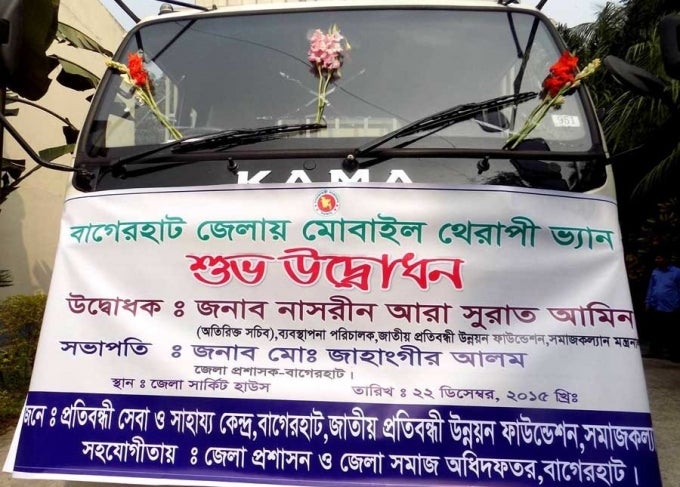
Photo Credit: Ride Metro Bus
When I first visited the college town of Madison, Wisconsin (USA) in 2000, what first stood out wasn’t its beautiful university campus or its famous brat and beer combo. What caught my attention was a public bus which had the equipment to lift a wheelchair. “Beep, beep, beep,” a sound would signal as the bus would lower and extend a ramp to aid people in wheelchairs to board the bus.
At that time, I had never seen anything like this bus and thought, “Wow! Why can’t we have such services back in my country?” No such buses existed in Korea where I grew up. But more than just the bus, I remembered thinking that I rarely noticed people with special needs in Korea. In hindsight, the lack of support and consideration for people with disabilities and ignorant attitudes were also reasons why people with disabilities were rarely seen in public.
Addressing needs through action
In 2014, I became the task leader for Bangladesh’s Disability and Children at Risk (DCAR) project. The difficult situation faced by persons with disabilities in the country was a reminder of the contrast I had experienced in that college town. Accessible transportation was not the only service lacking for people with disabilities. There was a lack of access to health facilities for checkups and treatment along with a short supply of therapy equipment and wheelchairs. A lack of respect towards persons with disabilities by the wider public was also a challenge. Moreover, the project was not delivering the results that it expected to achieve.

Photo Credit: Ministry of Social Welfare
Identifying new opportunities
Building upon this positive momentum, we agreed to support the provision of mobile services to reach out to persons with disabilities that were unable to travel to centers. The project helped finance custom-built mobile vans equipped with a lift, therapy devices, diagnosis bed, and a medical dispensary. Careful inspections of the functionality of the vans were conducted, and staff were trained for the operation. With the launch by the Prime Minister, the long awaited and highly anticipated mobile services began in December 2015. The mobile services provided by 20 vans reached around 20,000 new beneficiaries within two months, with numbers increasing day by day.
Today, the project is fast approaching its completion date. The DCAR Project managed to expand access to quality services and improve public perceptions despite many constraints, benefiting over 140,000 persons with disabilities as of March 2016. Upon completion of the project, the centers’ activities and mobile services are expected to be integrated as a mainstream government service. The transition may not be easy given the large financial commitment necessary, and it will be important that all involved continue to recognize the impact of such services with a view towards addressing the rights and needs of persons with disabilities.

For more information, click here to read the project results brief.


Join the Conversation